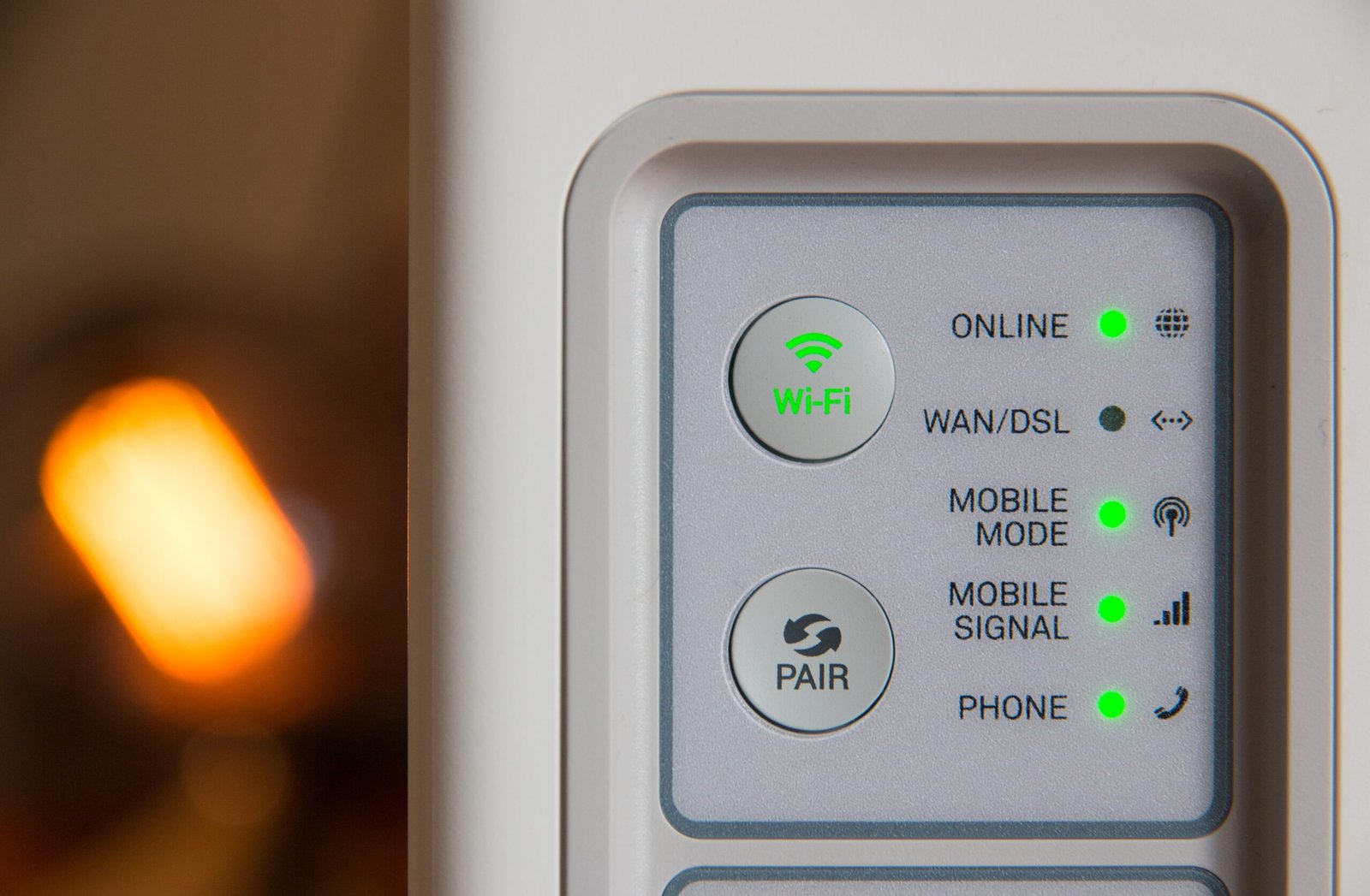Understanding Atmospheric Pressure
Atmospheric pressure, also known as air pressure, is the force exerted by the weight of the air molecules in the Earth’s atmosphere. It plays a crucial role in weather patterns and affects various aspects of our daily lives. Measuring atmospheric pressure can provide valuable information about current weather conditions and help in predicting changes in the weather.
The Role of a Barometer
A barometer is a scientific instrument used to measure atmospheric pressure. It consists of a sealed glass tube partially filled with mercury or aneroid cells that respond to changes in pressure. By observing the changes in the height of the mercury column or the movement of the aneroid cells, we can determine the atmospheric pressure.
Types of Barometers
There are two main types of barometers commonly used:
- Mercury Barometer: This traditional barometer uses a glass tube filled with mercury. The height of the mercury column in the tube changes with atmospheric pressure. As the pressure increases, the mercury column rises, and as it decreases, the column falls. The height of the column is measured in millimeters or inches and is typically calibrated against a standard scale.
- Aneroid Barometer: Unlike the mercury barometer, an aneroid barometer does not use liquid. It consists of a flexible metal cell that expands or contracts with changes in atmospheric pressure. The movement of the cell is transmitted to a pointer on a dial, indicating the pressure reading. Aneroid barometers are often more compact and portable than mercury barometers.
Using a Barometer
Here is a step-by-step guide on how to use a barometer to measure atmospheric pressure:
- Calibrate the Barometer: Before using the barometer, it is essential to calibrate it against a known reference. This ensures accurate measurements. Follow the manufacturer’s instructions for calibration or consult a professional if necessary.
- Set the Barometer: Place the barometer in a stable location away from direct sunlight, drafts, and other sources of heat or vibration. Ensure that it is level and not tilted.
- Observe the Reading: Look at the height of the mercury column or the position of the pointer on the dial. Note the measurement. If using a mercury barometer, the measurement will be in millimeters or inches. If using an aneroid barometer, the measurement may be in millibars or inches of mercury.
- Interpret the Reading: To understand the atmospheric pressure reading, it is essential to compare it with the standard or normal pressure for your location. Normal atmospheric pressure at sea level is typically around 1013 millibars or 29.92 inches of mercury. If the reading is higher, it indicates high pressure, while a lower reading suggests low pressure.
- Track Changes: Regularly monitor the barometer to track changes in atmospheric pressure. Rising pressure often indicates fair weather, while falling pressure may indicate the approach of a storm or other weather disturbances.
Additional Tips
Here are a few additional tips to keep in mind when using a barometer:
- Do not shake or tilt the barometer excessively, as it may affect the accuracy of the readings.
- Keep the barometer clean and free from dust or debris that could interfere with its operation.
- Consider keeping a record of the atmospheric pressure readings over time to identify patterns and trends.
- Consult weather forecasts and other meteorological resources to gain a better understanding of how atmospheric pressure affects weather conditions.
Conclusion
A barometer is a valuable tool for measuring atmospheric pressure and gaining insights into weather patterns. By understanding how to use a barometer correctly, you can make more informed predictions about changes in the weather and better plan your activities accordingly. Whether you choose a traditional mercury barometer or a modern aneroid barometer, this instrument can help you become more attuned to the atmospheric conditions around you.







